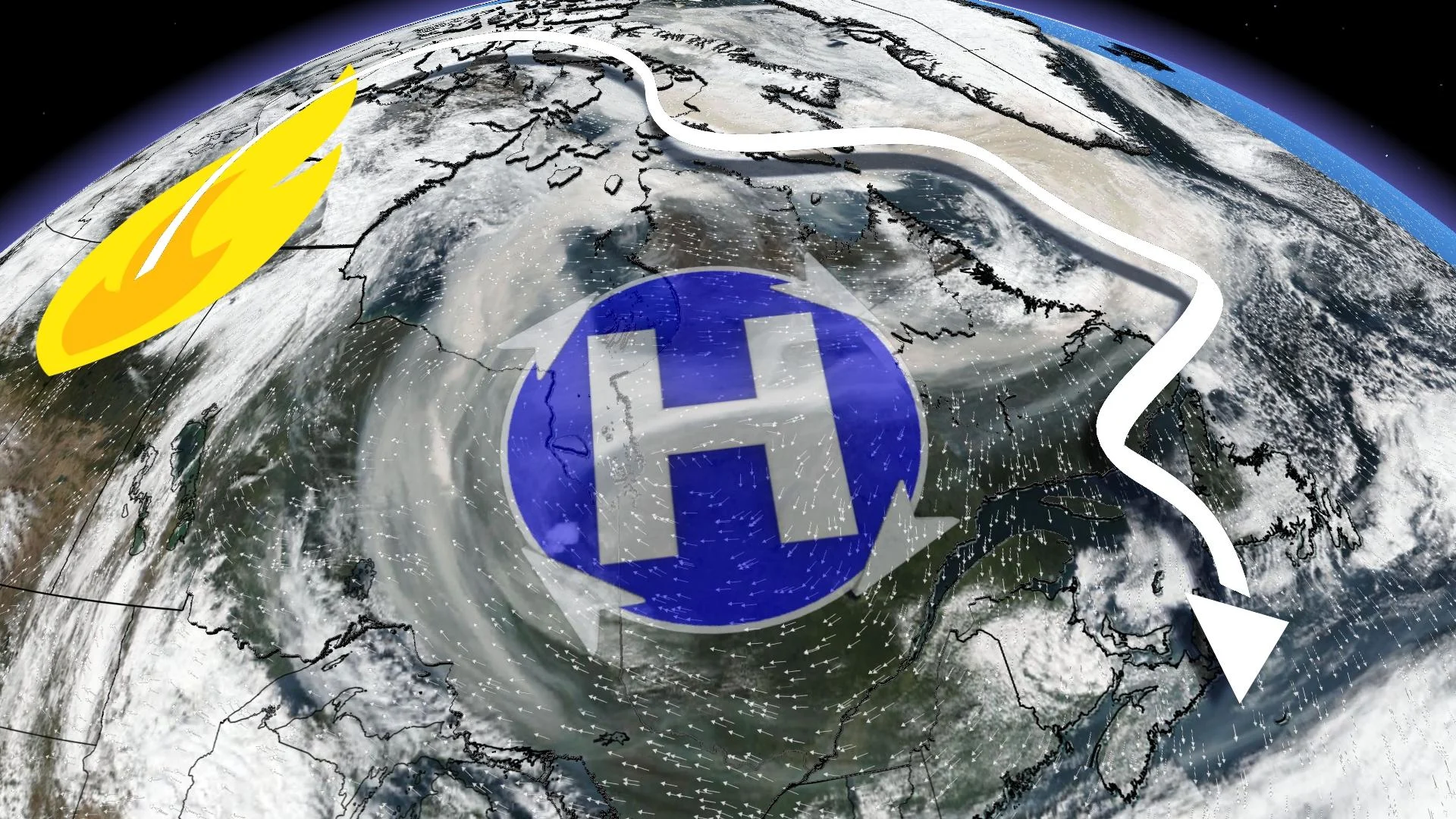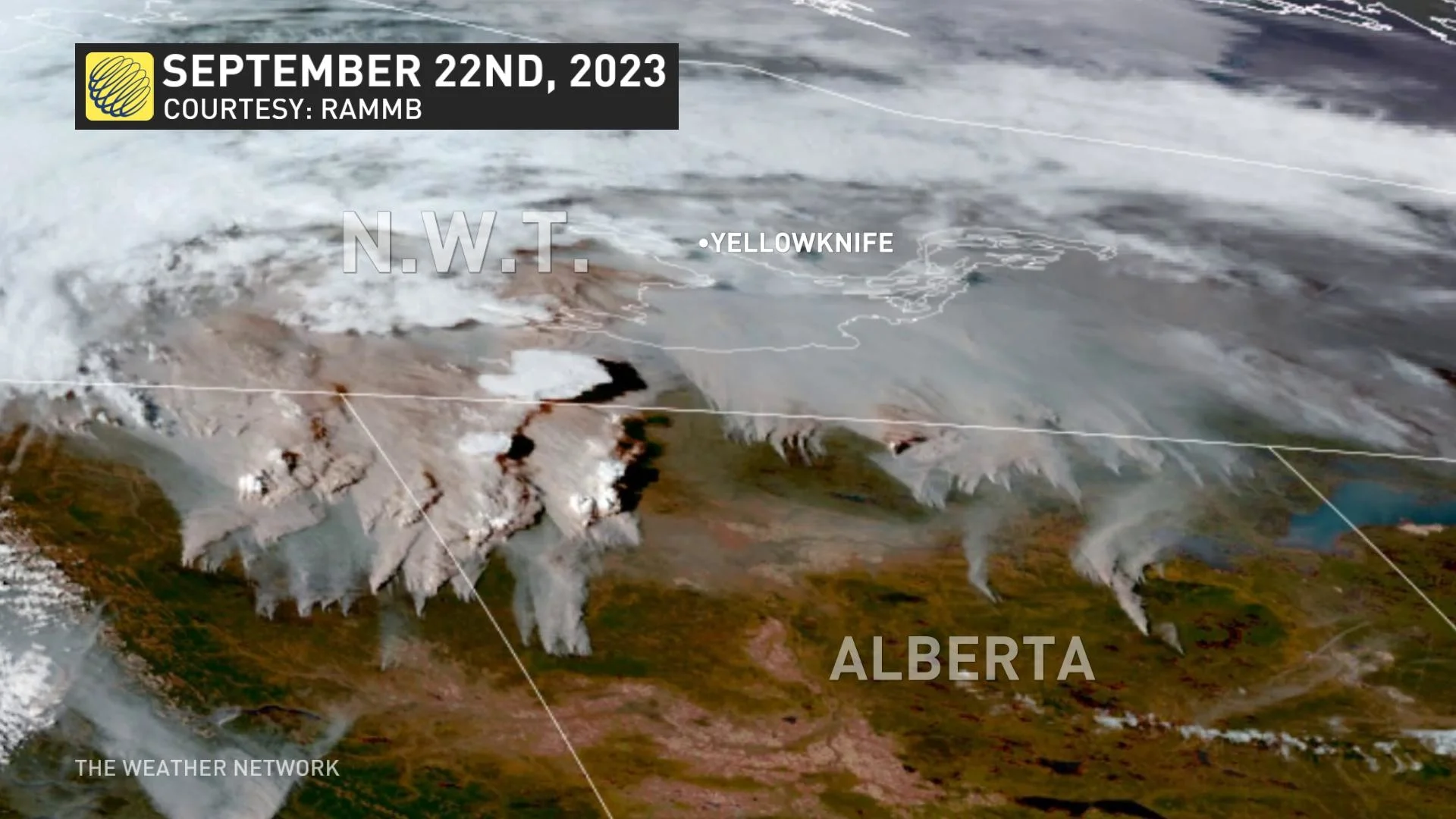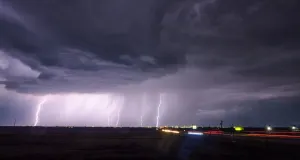
From B.C. to Greenland: Unprecedented wildfires blanket Canada in smoke
The most surprising smoke sighting occurred on Monday over the skies in Nuuk, the capital of Greenland, bringing shocking visuals to the city. The most dense smoke remained aloft but hung above the city like a cloud.
Unprecedented and relentless wildfires in B.C., Alberta, and N.W.T. mean record amounts of smoke billowing across Canada, even reaching Greenland.
The upper-level winds have circulated smoke around a stout ridge of high pressure centred near Hudson Bay, and that smoke descended to the surface across Newfoundland on Tuesday.
SEE ALSO: Does breathing in wildfire smoke mean lung issues for life?
This year, Canada has recorded approximately 18 million hectares of burned area over 6,000 individual fires -- with B.C., Alberta, and the Northwest Territories responsible for more than 9 million hectares charred combined.

The current wildfire season is unprecedented in terms of its scale and intensity, and there is no record of such magnitude ever being documented before.
The upper-level winds act like a conveyor belt for the fine-smoke particles. The jet stream snaked across Northern Canada and descended the backside of the ridge.
This is all illustrated by recent satellite imagery.

The most surprising smoke sighting occurred on Monday over the skies in Nuuk, the capital of Greenland, bringing shocking visuals to the city. The most dense smoke remained aloft but hung above the city like a cloud.
The atmospheric circulation pattern vented smoke across Canada and abroad. The surface concentration of smoke remained elevated across pockets of the Maritimes, Quebec and Ontario.
Some special air quality statements remain in effect for Newfoundland, and pockets of Quebec and Western Canada.
As we’re days away from October, the significance of this pervasive smoke can’t be understated while hundreds of wildfires continue to burn across Canada. A pattern change is on our horizon as we flip into October, with below-normal temperatures forecast for Western Canada.










